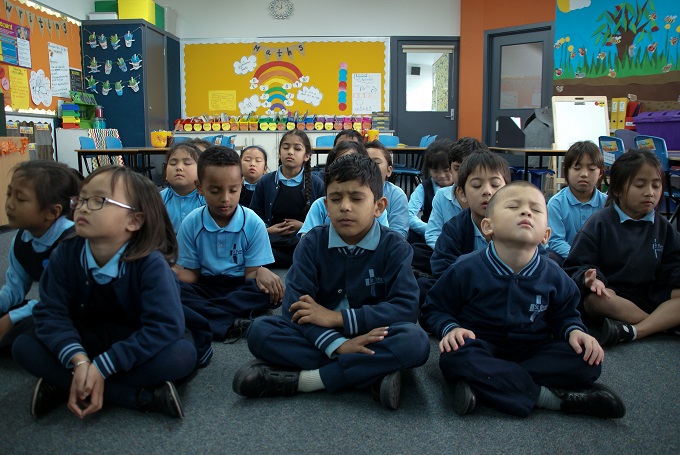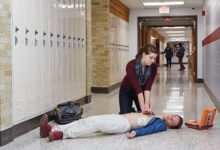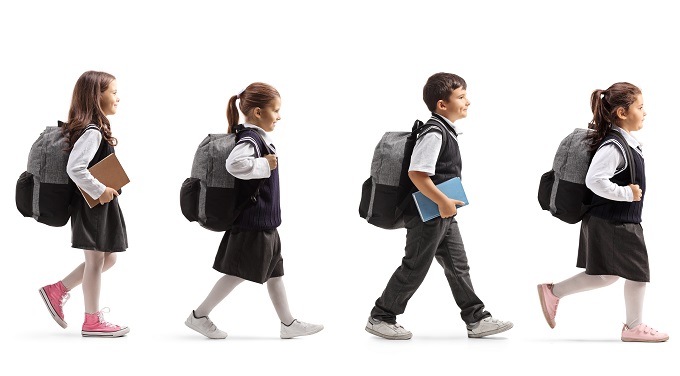Can proper bike storage get kids moving?
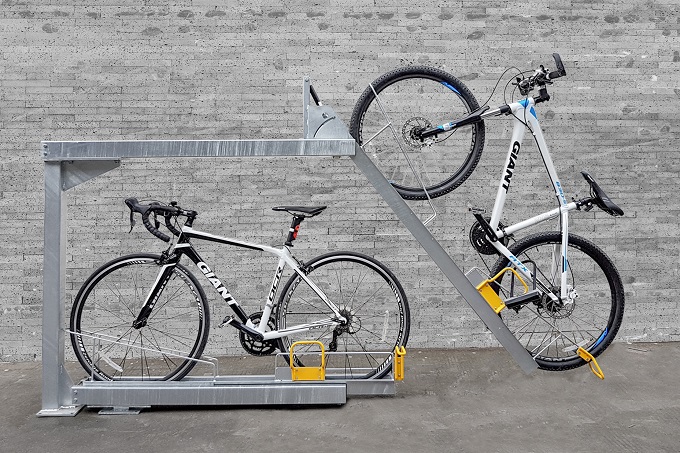
There’s an unearned reputation in Australia that cycling is dangerous.
According to Australian government data, it’s safer than netball and cricket. Only two to 2.5 percent of Australia’s annual road toll reflects cycling fatalities. Helmets reduce the risk further by about 50 percent.
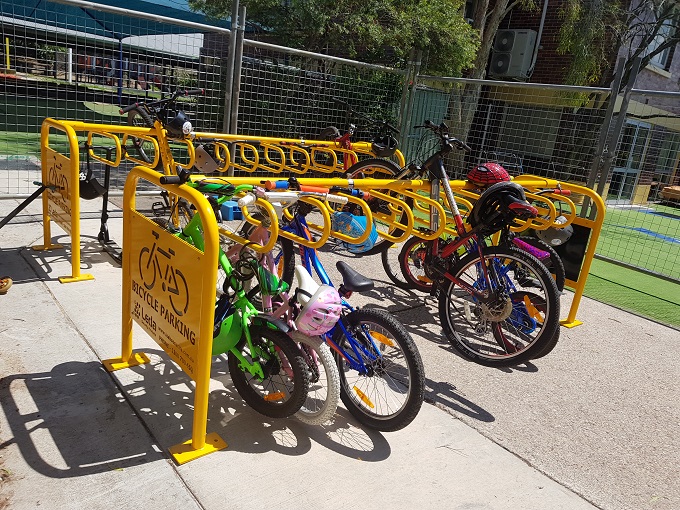
Meanwhile, children and teenagers are not physically active enough. A 2018 study by the Australian Institute of Health and Welfare found that only 35 percent of children aged five to 12 and 20 percent of children aged 13 to 17 met the sedentary screen-based behaviour guideline. Adolescent boys exceeded recommended screen time the most.
Screen time is a tough obstacle to climb, with most kids racing home to socialise with their friends via video games and social media. However, cycling could help mitigate this issue. If children had to race home on their bikes, rather than the bus or a car ride, it would certainly increase their activity levels. For this to happen, adequate, safe bike storage is a must. Make cycling cool again.
Speaking from the sector
CEO of Leda Security Products, Len Place talks fitness, design and problem solving bike storage.
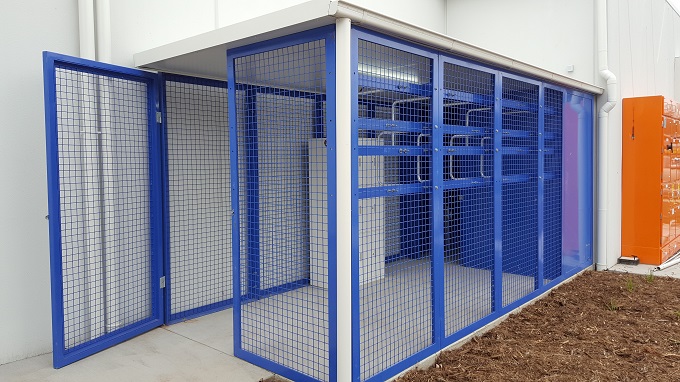
The current market trend is to best utilise available space to accommodate more bikes. More and more architects, builders and engineers are asking for AS2890.3 compliant products. AS2890.3 (2015) is an Australian Standard that sets minimum requirements for spacing, layout, aisle widths and security of parking devices. AS2890.3 (2015) is the latest standard superseding AS2890.3 (1993). The objective of this standard is to ensure cyclists are allowed to park their bicycles securely and conveniently. This standard is not mandatory; however, it is recommended if the project is aiming for green star rating using parking guidelines.
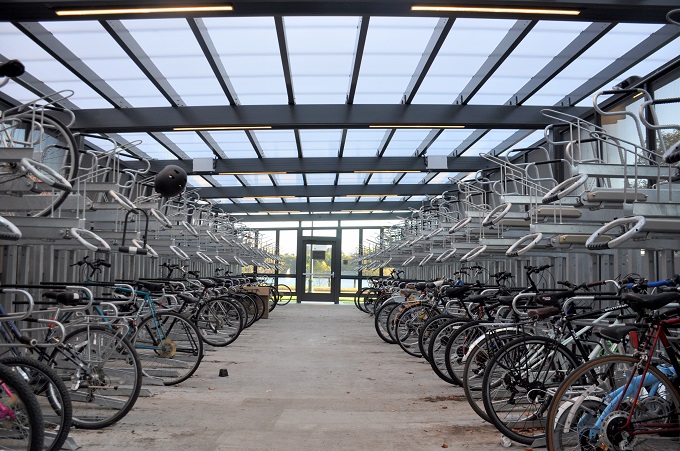
Schools should seek a bike expert who can advise on the right spacing and layout. The standard contains extensive information recommendations on how to position bicycle parking within a fixed space to maximise the number of bicycles in the area will come in handy! The design can be akin to a jigsaw puzzle as there are typically a myriad of bike rack types to consider, along with spacing and aisle width.
Kids’ fitness and wellbeing increase when they ride bicycles to schools. They arrive awake and alert. Parents play a vital role in educating and encouraging kids to ride their bikes to school.
Tips for encouraging bike-use
Help children understand the responsibility of owning a bike by encouraging them to use a bike lock. Include bicycle references in discussions on traffic and travel. Though kids ride on the footpath or bike lanes, it is good to teach them how to signal and avoid common mistakes or bike-car collisions. Most importantly, teach bike safety checks to make sure the bike is in proper working order. There are a range of bike racks, rails, lockers, cages and shelters available to park and secure bicycles safely. Bike repair stations could also be designed to allow cyclists to position their bicycle conveniently above ground to carry out routine maintenance and repairs.
Cora Bike Rack director, Jon Rutledge discusses new trends in construction and design.
With the cost of bikes increasing, it has become much more important for commercial bike racks to follow the guidelines set out in AS2890.3 in order to minimise risk of theft or damage to a bicycle. The guideline states that compliant bike racks must: be manufactured with heavy duty materials that are resistant to vandal attacks; be designed to support a bicycle in a stable position to reduce chance of damage to the bike; and allow the locking of a bicycle wheel(s) and frame to the rack with a U lock to deter theft.
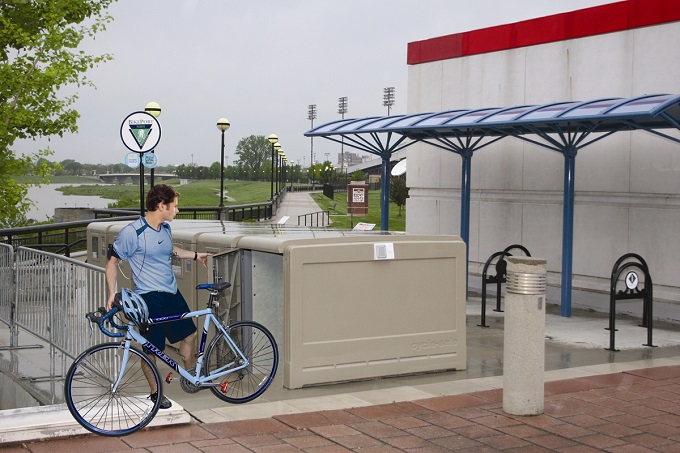
In order to ensure proper bike fit and locking capabilities, primary schools should look for bike racks that accommodate smaller junior size bikes. For schools with larger budgets, individual bicycle lockers offer the ultimate bicycle security. For schools with limited space, double tier parking systems can double capacity in a given area.
The space allocated for bicycle parking is often underestimated. Bicycles take up more space than many planners realise. Again, AS2890.3 sets out recommended spacings for planners to use when created bike parking layouts. The ‘bicycle envelope’ concept recommends allowing the following dimensions for each bike parking space:
L: 1800mm
W: 500mm
H: 1200mm
In addition, planners must allow a 1500mm access aisle to allow students the space necessary for parking movements.
Schools can help promote and encourage students to cycle to school by providing safe, user friendly bike parking facilities. Parents should not need to worry that their children’s bike will be stolen while parked at school. Schools could offer basic bicycle handling and safety skill workshops and provide some physical activity credit or acknowledgement to students that ride or walk to school.
When investing in bicycle parking infrastructure it is important to think of the long term costs. Long lasting materials include hot dipped galvanised steel and stainless steel. The racks must include tamper resistant fixings, and be mounted to a concrete surface or sub-surface block for a secure fix.


